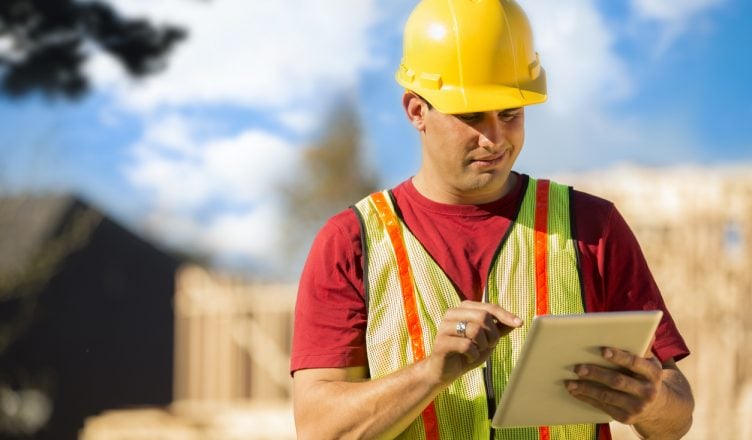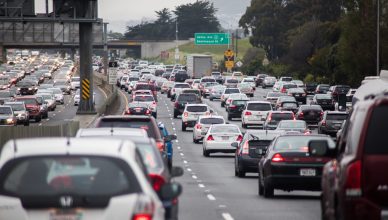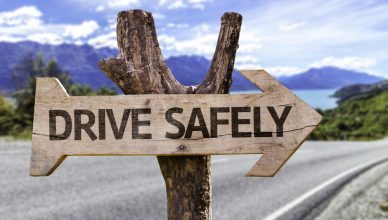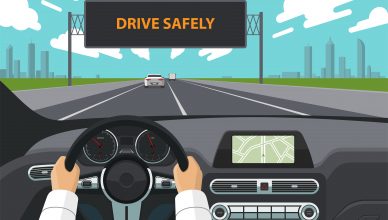If you run a construction business thinking, “My workers are safe,” think again.
According to stats released by the Bureau of Labor Statistics (BLS), the construction industry has the highest number of fatal workplace injuries with almost 971 deaths reported in the US in 2017.
Occupational Safety and Health Administration (OSHA) names the “fatal four” – electrocution, falls, struck by an object, and caught between two objects; these occurrences were responsible for almost 60% of construction workers’ deaths in 2017. Eliminating these four hazards would save more than 582 lives per year in America.
The non-fatal injuries cost construction companies millions of dollars per year. According to a report, non-fatal injury rates in construction are 71% higher than any other industry.
Not only that, in a report, the job of a construction supervisor was ranked ninth in the most dangerous jobs of 2018. This makes the safety of construction workers and supervisors paramount on construction sites.
If your construction company employs a large number of workers on various construction sites, how do you ensure workers’ safety and keep tabs on their activities? Geofencing might be the answer.
Want To See For Yourself How Route4Me Can Boost Your Profits?

What is Geofencing?
Geofencing is a GPS-enabled technology that helps create a virtual boundary or “fence” around a specific location, such as a construction site or equipment storage area.
Once you set-up a geofence, you will receive automated alerts or push notifications via email, phone, or text, whenever a worker or device enters or exits the designated geographic area.
The advanced geofencing solutions create both outward-facing or inward-facing fences. Inward-facing fences are made to keep workers and vehicles out of an area, such as a restricted work zone. The outward-facing fences are designed to keep workers and vehicles inside designated locations.
Monitoring workers’ physical location and using this location data to prohibit them from entering or exiting specific areas can significantly enhance their safety.
No more questions like “Why did the worker enter that dangerous area?”
Construction companies can use GPS trackers with geofencing capabilities to create lower-speed zones in specific areas or to keep drivers out of “dangerous” zones on a construction site.
For instance, if you need to conduct an explosion on the construction site as part of a project, it would be a good idea to set up a geofence to ensure no workers are near the affected area when the blast takes place.
Similarly, you can link geofences to machinery so that heavy construction equipment will stop working if it enters or exits a designated area. The tracking of heavy construction equipment may prove useful if you do not want heavy machinery to be used near a manual work zone, for instance.
GPS trackers also help you track your vehicles’ locations. This will come in handy when you need to keep heavy vehicles away from zones on construction sites where workers are engaged in manual work.
Vehicle tracking will not only indicate where it is being driven but also how it is being driven. From a safety standpoint, this information is essential to fix unacceptable driver behavior, such as excessive acceleration and harsh braking. Such drivers, in addition to risking their own life, also pose a potential risk to other workers on the construction site.
Conclusion
According to reports, in addition to being the industry with the highest worker fatality rate, construction is also the sixth-highest industry for non-fatal worker injuries.
Don’t wait for a casualty to make a change.
Even if there have not been any fatal injuries on your construction site, even the non-fatal ones indicate unsafe working conditions and this has the potential to disrupt sites and delay progress. Be proactive and take practical steps to improve the safety of your workers.
Want To See For Yourself How Route4Me Can Boost Your Profits?







